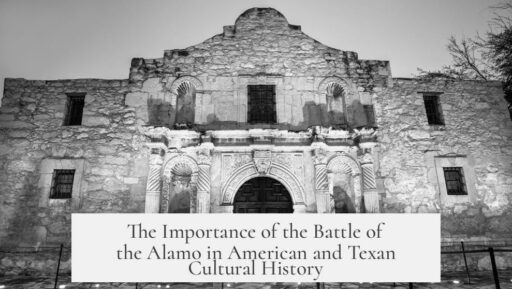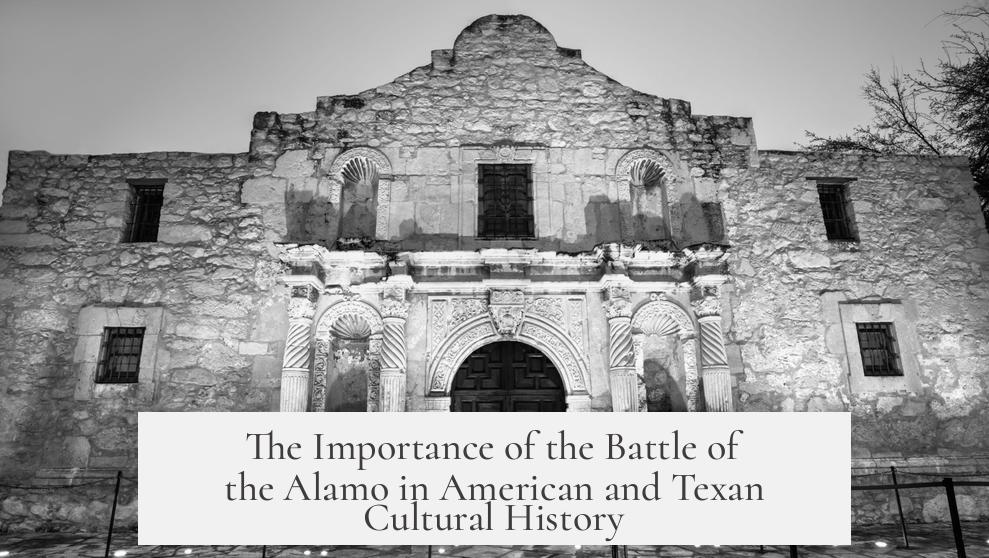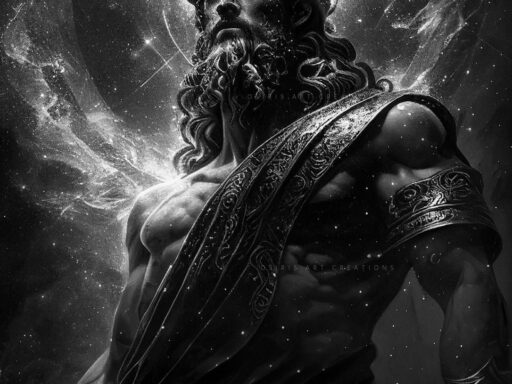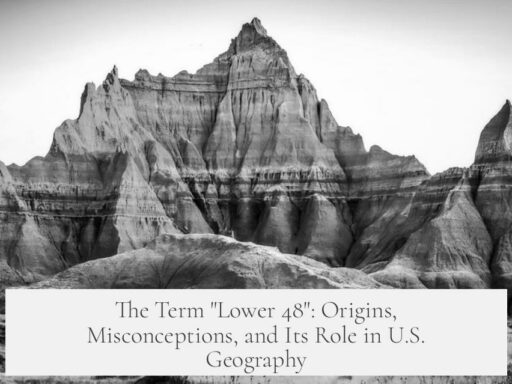The Battle of the Alamo holds profound importance in American, especially Texan, cultural history because it symbolizes heroic sacrifice, acts as a powerful rallying cry, and shapes regional identity. Despite being a military defeat, its legacy unites Texans and Americans through narratives of honor, resistance, and freedom.
The battle was a crucial symbol rather than a strategic victory. At the later Battle of San Jacinto, Texian soldiers famously shouted “Remember the Alamo” and “Remember Goliad,” referencing both the Alamo defeat and a prisoner massacre at Goliad. This motivated Texian forces to achieve final victory. The massacre and stubborn defense raised public anger and boosted recruitment and morale for Texian independence.
The presence and death of prominent figures like Davy Crockett strengthened the battle’s impact beyond Texas. Crockett, a former U.S. Congressman and popular frontiersman, was widely known across America. His death made the conflict more personal for many Americans and increased sympathy for the Texian cause, drawing more volunteers from the United States.
The Alamo’s cultural status owes much to the way storytelling and media shaped its memory. The mass media and folklore built a mythic narrative centered on Texan exceptionalism and heroic resistance. Characters like Davy Crockett became symbols of courage and rugged individualism, embodied in movies, books, and later television shows. This mythologizing often simplified the battle into a symbol of liberty and bravery.
However, the battle also masks complex historical realities. The Texas Revolution’s roots involved disputes over slavery, politics, and cultural tensions between Texians and Mexicans. These issues are often downplayed in favor of a straightforward heroic tale. The battle’s simplification into a legend overlooks the nuanced causes and consequences that fueled the conflict.
The battle influenced political and military developments widely. Santa Anna’s brutality at the Alamo and Goliad, where Texian prisoners were executed after surrendering, sparked outrage in the U.S. This helped shift American public opinion towards supporting the Texians. Sam Houston, the Texian leader, gained power partly because key rivals died at these battles, consolidating his command.
Moreover, the battle inadvertently aided Texas by slowing the Mexican army’s advance. This delay allowed the Texas Declaration of Independence to be signed. Despite being an early loss, the sacrifices at the Alamo and Goliad and Houston’s strategy of retreat led to the “Runaway Scrape,” setting the stage for Texas independence.
American culture often emphasizes remembrance of tragic losses over victories. The Alamo fits this tradition as a poignant example of honoring sacrifice. Similar to how Pearl Harbor’s memory persists, the Alamo reminds Americans of the value of standing for beliefs with courage, even in the face of death. This makes the battle resonate emotionally and morally across generations.
The story of a heroic last stand at the Alamo is central to its importance. Around 200 defenders, facing overwhelming odds, chose to stay and fight rather than retreat when given the chance. Commander William Travis’s famous vow, “Victory or Death,” symbolizes unyielding dedication to honor and country. Their sacrifice became a powerful ideal for Texans and Americans alike.
Politically and territorially, the Alamo indirectly affected the shape of the modern United States Southwest. Texas independence paved the way for the Gadsden Purchase, which finalized U.S. territorial claims in the region. Thus, the battle’s legacy extends to American expansion and national development.
| Key Aspects of Alamo’s Importance | Details |
|---|---|
| Symbolic Rallying Cry | Inspired Texian forces at San Jacinto; unites supporters |
| Prominent Figures | Davy Crockett’s death energized recruitment and public sympathy |
| Myth and Media | Shaped heroic narrative and Texan exceptionalism through storytelling |
| Complex Context Simplified | Overlooks issues like slavery and political tensions |
| Military and Political Impact | Shifted public opinion; aided Texian strategic gains despite defeat |
| Cultural Memory of Tragedy | Remembers sacrifice over victory; emphasizes courage and honor |
| Heroic Last Stand | Defenders’ refusal to surrender became a moral ideal |
| Territorial Consequences | Helped facilitate Texas independence and territorial expansion |
- The Alamo symbolizes sacrifice and unity more than a military victory.
- It helped galvanize Texian forces to eventual success in the Texas Revolution.
- Davy Crockett’s fame elevated the battle’s national profile.
- Media and myth-making enhanced its legendary status, emphasizing Texas pride.
- The battle simplifies complex historical issues for cultural storytelling.
- It fits a broader American pattern of honoring tragic yet valorous losses.
- The heroic last stand epitomizes dedication and honor in the face of overwhelming odds.
- The battle influenced U.S. territorial growth and political developments in the Southwest.
Why is the Battle of the Alamo so Important in American (or Texan) Cultural History?
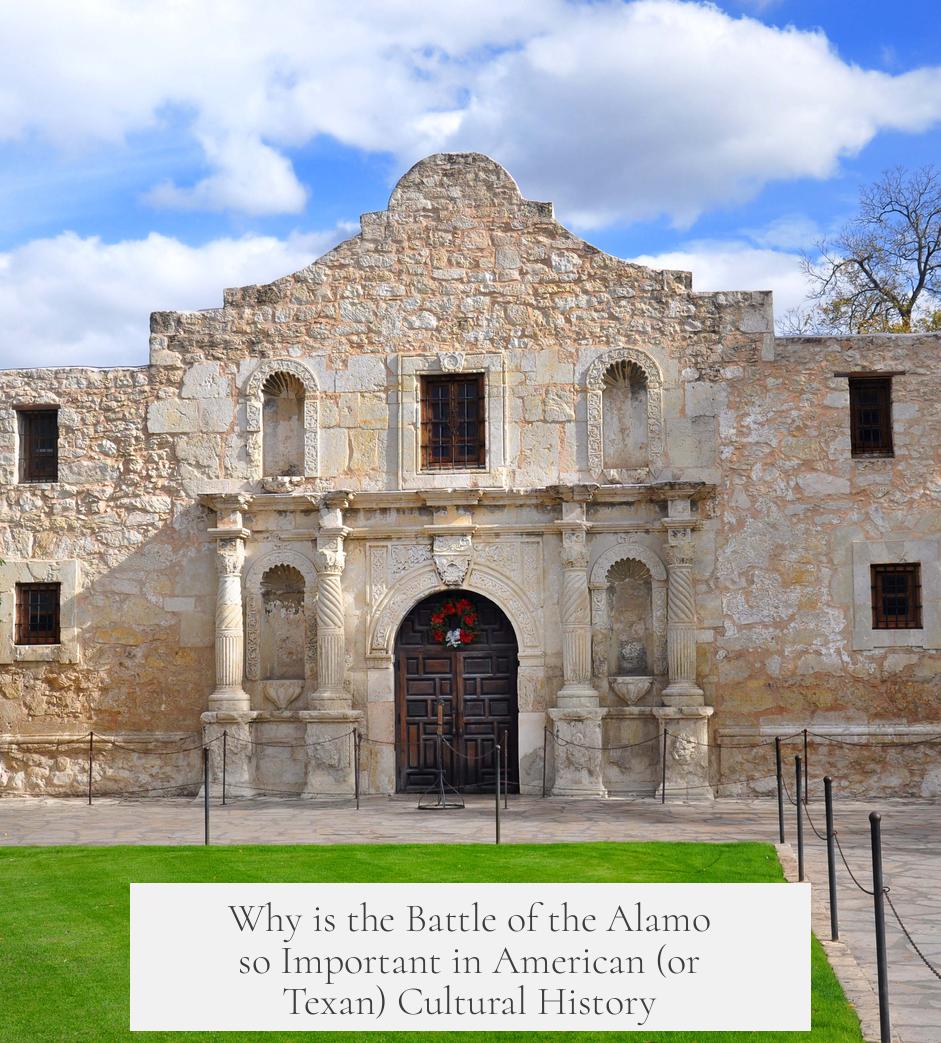
The Battle of the Alamo is important because it became a powerful symbol of heroic resistance and sacrifice, inspiring Texian and American spirits during the Texas Revolution and beyond. It’s not just about a lost battle—it’s a story that shaped cultural identity, politics, and even how we remember history.
You might wonder: why does a disastrous stand at a dusty mission still echo loudly in American and Texan hearts? Let’s unpack this with some surprising and detailed angles.
Symbolism Over Strategy
The Alamo wasn’t a grand military fortress. Strategically, it was a bit of a mess—a tactical blunder, really. Yet, symbolically, it towers like a colossal monument. In the decisive Battle of San Jacinto, Texian soldiers famously shouted “Remember the Alamo!” as they routed Santa Anna’s army. The rallying cry was more than shouting—it was a spark that ignited fierce determination.
The emotional fuel? The Mexican army’s brutal actions. At both the Alamo and Goliad, Texians faced massacres even after surrendering. This extraordinary cruelty united Texians and locked their resolve.
The Celebrity Factor: Davy Crockett
What if the leader on the battlefield was a small-town hero, but also a national celebrity? Enter Davy Crockett—former U.S. Congressman, hunter, and folk hero. In the 1830s, he was basically the Bear Grylls or Steve Irwin of his day.
When news spread that Crockett died defending the Alamo, it hit like celebrity news does today. Public sympathy surged. More volunteers rushed to join the Texian forces, not just out of duty, but to honor this larger-than-life figure.
Mythmaking and Media Magic
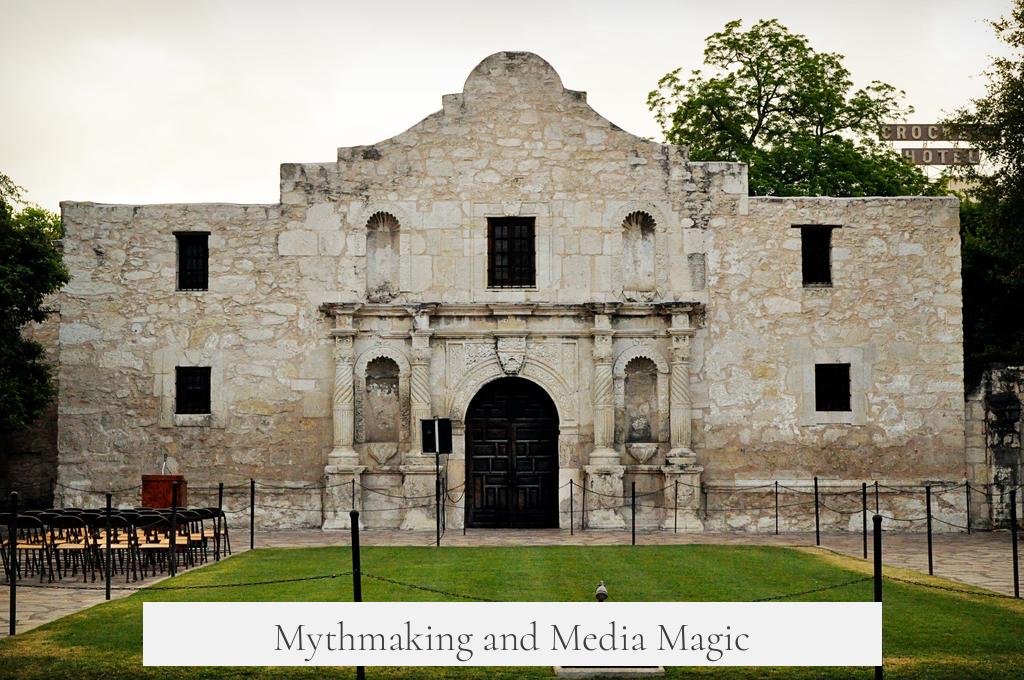
The Alamo’s story was supercharged by early mass media and storytelling traditions. The drama of a small group defying a massive army fits neatly into how war stories are told: a gripping battle, a turning point, and deep consequences.
Think of it as one of the earliest American Hollywood epics, except told around campfires and newspapers before film was a thing. This blend of myth and media created the legend of Texan exceptionalism—the belief that Texas and its people are somehow uniquely brave and indivisible.
But the truth? It’s far more layered, involving complicated politics and social tensions—like slavery—that rarely make it into the legend.
Complicated History Made Simple
The battle masks deeper conflicts. The Texas Revolution wasn’t just a neat story about freedom; it involved thorny issues like slavery’s role in dividing Texians and Mexicans. Many popular accounts overlook this complexity, turning the Alamo into a tidy symbol instead of a messy episode in history.
Such simplifications help create clear heroes and villains but leave out the full picture of the political turmoil at the time.
Why the Alamo Mattered in the Texas Revolution
- The brutal massacre of surrendered Texians at the Alamo and Goliad shocked people in the U.S. and turned public opinion firmly against Mexico.
- Leaders like Sam Houston gained prominence partly because losses at the Alamo and Goliad eliminated rival Texian leaders who might have opposed them.
- The battle itself was avoidable and cost Texians dearly, yet it delayed the Mexican Army just long enough for Texas to declare independence and plan a counterattack.
- The military defeat triggered the Runaway Scrape, a mass Texian retreat that eventually led to military regrouping and victory at San Jacinto.
So, the Alamo loss was more strategic than it initially seems: it shaped tactics, morale, and political power in Texas.
The American Memory of Tragedy
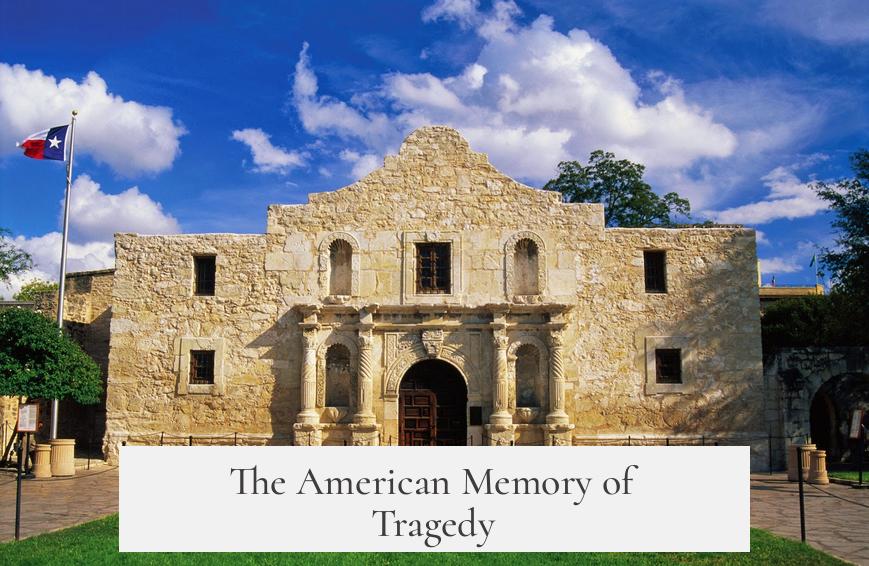
Why do Americans sometimes remember defeats more vividly than victories? Take Pearl Harbor—there’s a whole holiday just to honor that tragedy. The Alamo fits this cultural pattern.
The defenders of the Alamo died for a cause, and their sacrifice carries weight that a simple military success doesn’t always hold. It’s a powerful reminder of courage and commitment, even in the face of certain death.
A Heroic Last Stand
About 200 men stood against Santa Anna’s vastly larger and better trained army. Even when offered an escape, all but one chose to fight to the death. Their leader, William Barret Travis, famously declared: “Victory or Death.”
This kind of resolve is timeless. The story tells us it’s not just about winning battles but standing for principles so strongly you’re willing to sacrifice everything.
Political and Territorial Ripples
The Alamo wasn’t just about Texas pride. Its consequences reached much further. Once Texas gained independence, it paved the way for the Gadsden Purchase—a $10 million land acquisition that shaped the U.S.-Mexico border in the Southwest.
In a way, the Alamo helped redraw the map of America. This event was a critical step in territorial expansion, influencing the region’s future well beyond the battlefield.
What Can We Learn From the Alamo Today?
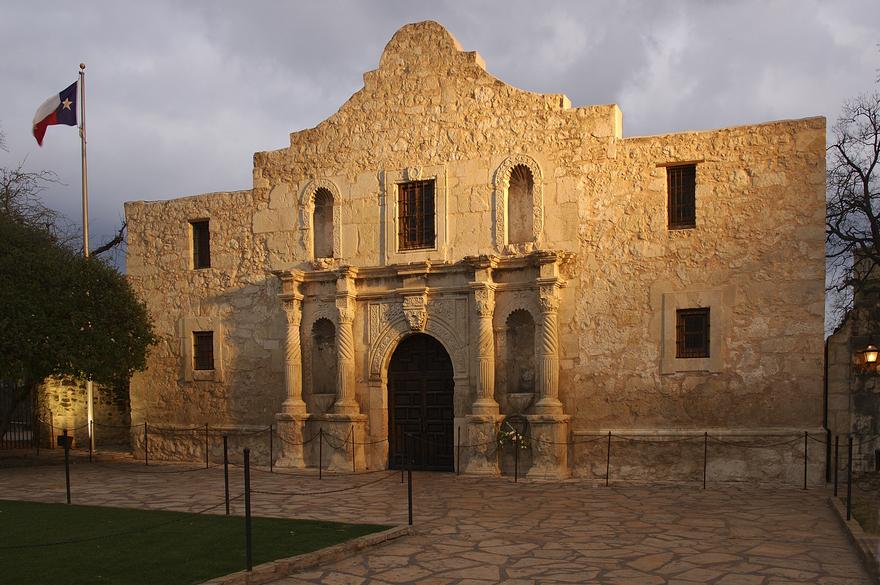
The mythologizing of the Alamo teaches us both how stories shape cultural memory and how history can be simplified for effect. It dazzles with heroism but masks deeper political and ethical issues.
When Texans shout “Remember the Alamo,” they remember more than a battle—they remember courage, sacrifice, and identity. But as curious learners, we should also ask: how did this myth shape attitudes towards justice and politics? How do we balance honoring sacrifice with remembering the full story?
Understanding the Battle of the Alamo means appreciating its heroic narrative while recognizing the complex historical realities beneath the legend.
In Summary
The Battle of the Alamo is much more than a military footnote. It symbolizes the heroic last stand and sacrifice that inspired Texian and American spirits. It boosted recruitment through celebrity death, shaped military and political strategy, and influenced territorial growth through the Gadsden Purchase.
Media and mythmaking turned the event into a lasting icon of Texan and American identity, highlighting themes of courage and honor, even while glossing over complex realities like slavery and political rivalry.
Ultimately, the Alamo reminds us that history is as much about the stories we tell as the facts we uncover. What stories will you remember? And why?
